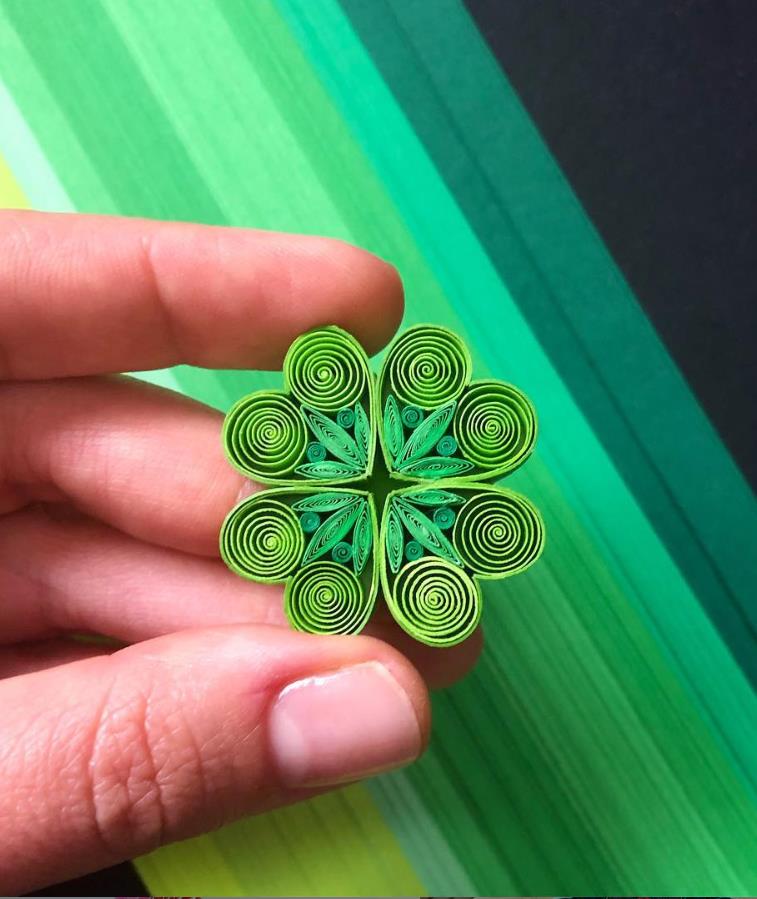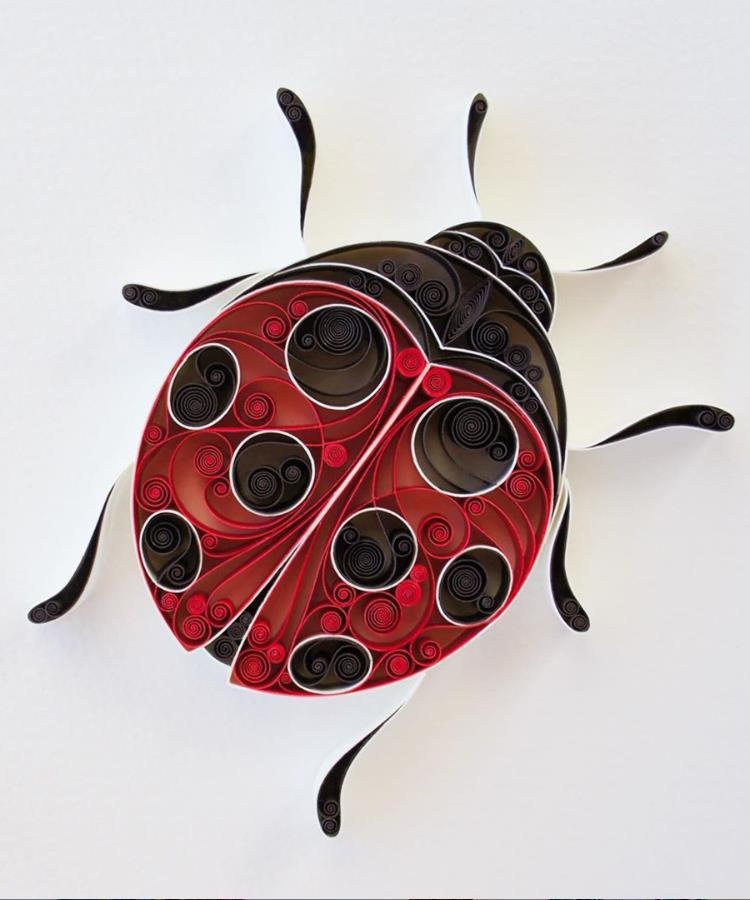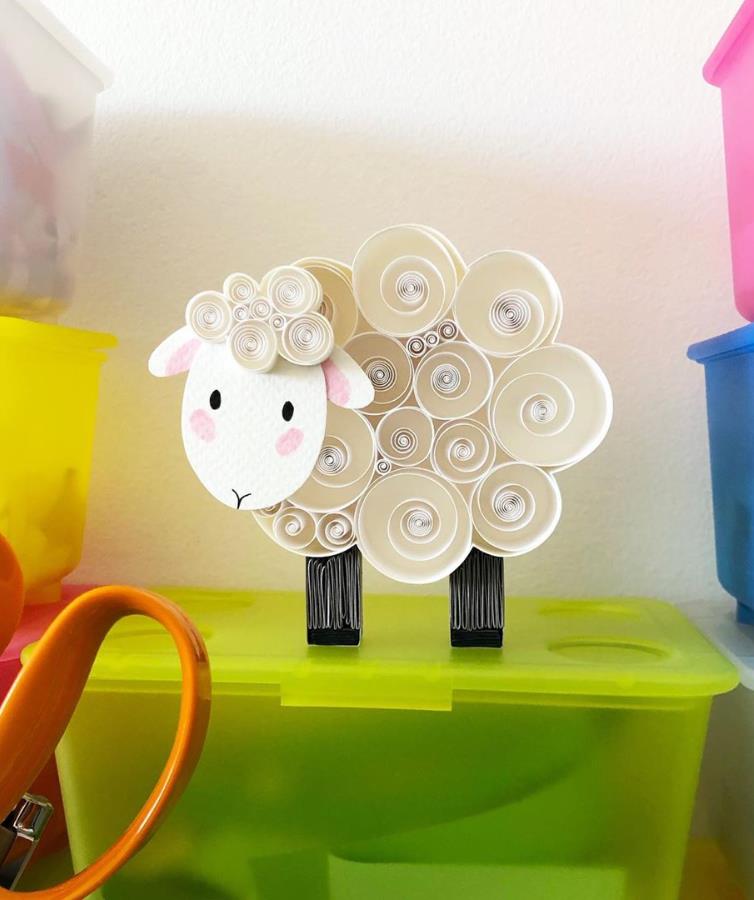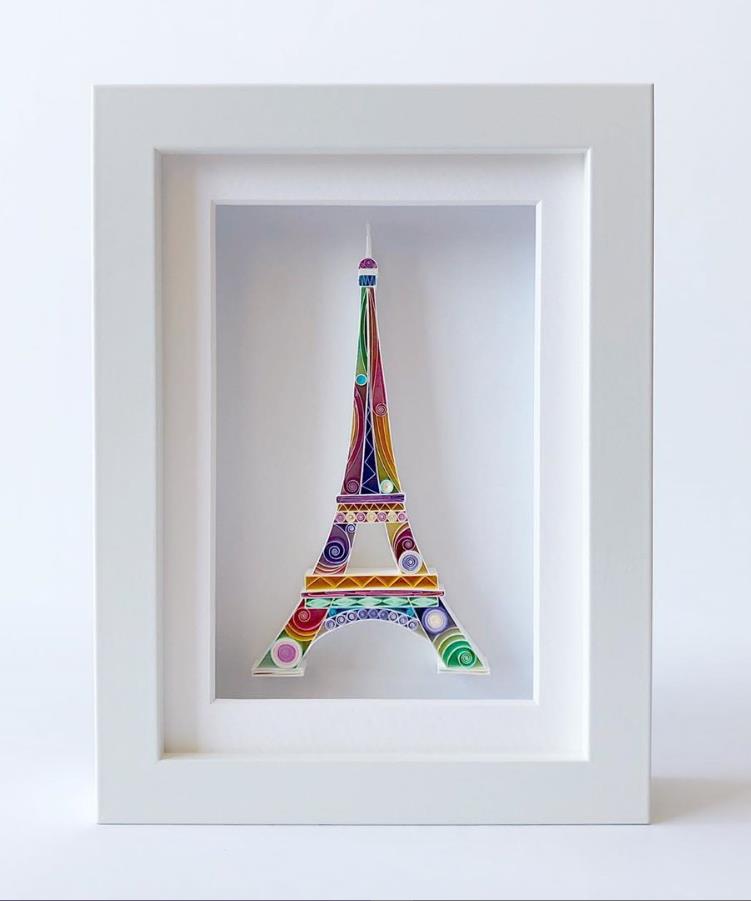How To Create DIY Paper Folding , It Is Worth Collecting And Learning!
Origami can help children understand abstract concepts. Children from 7 to 11 years old are still in “specific thinking period” in cognitive development. At this time, children do not have the ability to think abstractly. The best way to help them understand is to let them “operate”. Angle, symmetry, fraction, parallel, area By turning the abstract concept into a concrete one, we can understand it more intuitively.















Origami can also help children improve their spatial thinking. Origami, the most magical point is that it can transform from 2D plane to 3D space. The plane paper transforms into three-dimensional geometry, which is particularly shocking to children. It can not only deepen the perception of geometry, but also help children build a sense of space, complete a jump from plane to space, and lay a foundation for the study of three-dimensional geometry.




















Origami can help children develop the ability to think in an orderly way. The origami process requires children’s concentration, accuracy and fluency. Every piece of paper is divided into several equal parts, how to determine the length, what shape to make, and what the order is. In the process of moving, thinking and folding, children naturally gain the perceptual experience of mathematics, and establish a thinking mode including orderly thinking, regular thinking, positive thinking, reverse thinking, divergent thinking and so on. These thoughts will directly affect children’s life and learning. For example, orderly thinking can make children work more clearly and improve the ability of time management; positive and reverse thinking can improve the ability to solve problems; divergent thinking can make children become more creative.



















